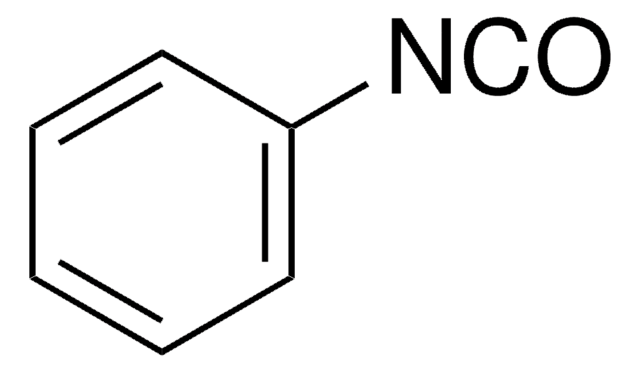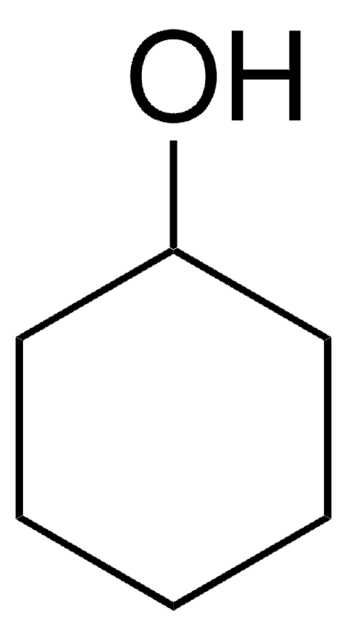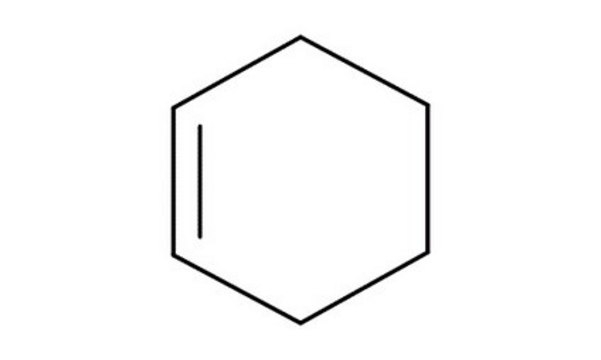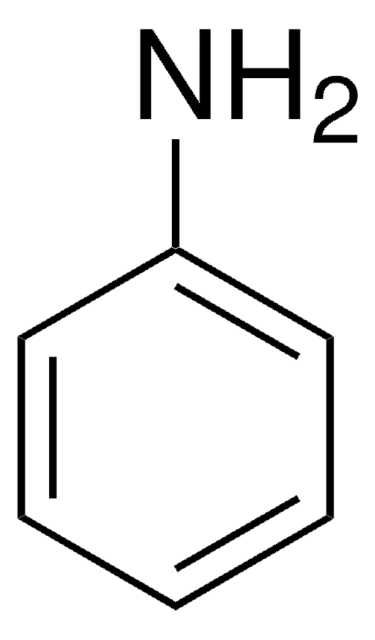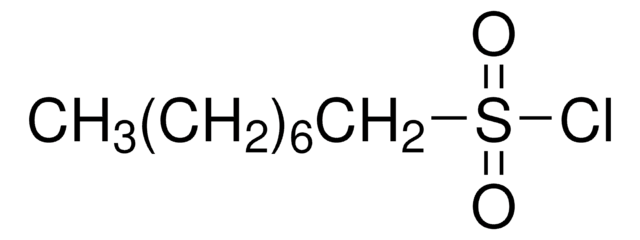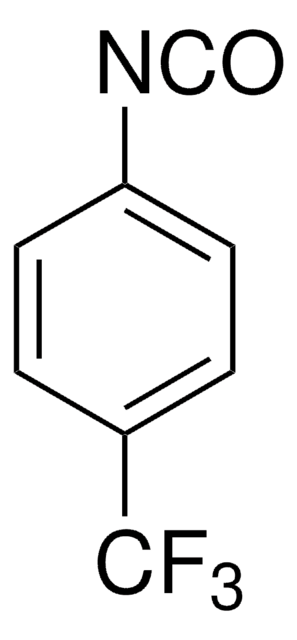About This Item
Recommended Products
vapor pressure
1.4 mmHg ( 20 °C)
refractive index
n20/D 1.535 (lit.)
bp
162-163 °C (lit.)
mp
−30 °C (lit.)
density
1.096 g/mL at 25 °C (lit.)
SMILES string
O=C=Nc1ccccc1
InChI
1S/C7H5NO/c9-6-8-7-4-2-1-3-5-7/h1-5H
InChI key
DGTNSSLYPYDJGL-UHFFFAOYSA-N
Looking for similar products? Visit Product Comparison Guide
Signal Word
Danger
Hazard Statements
Precautionary Statements
Hazard Classifications
Acute Tox. 1 Inhalation - Acute Tox. 4 Oral - Eye Dam. 1 - Flam. Liq. 3 - Resp. Sens. 1 - Skin Corr. 1C - Skin Sens. 1A - STOT SE 3
Target Organs
Respiratory system
Storage Class Code
3 - Flammable liquids
WGK
WGK 2
Flash Point(F)
123.8 °F - closed cup
Flash Point(C)
51 °C - closed cup
Choose from one of the most recent versions:
Certificates of Analysis (COA)
Don't see the Right Version?
If you require a particular version, you can look up a specific certificate by the Lot or Batch number.
Already Own This Product?
Find documentation for the products that you have recently purchased in the Document Library.
Our team of scientists has experience in all areas of research including Life Science, Material Science, Chemical Synthesis, Chromatography, Analytical and many others.
Contact Technical Service